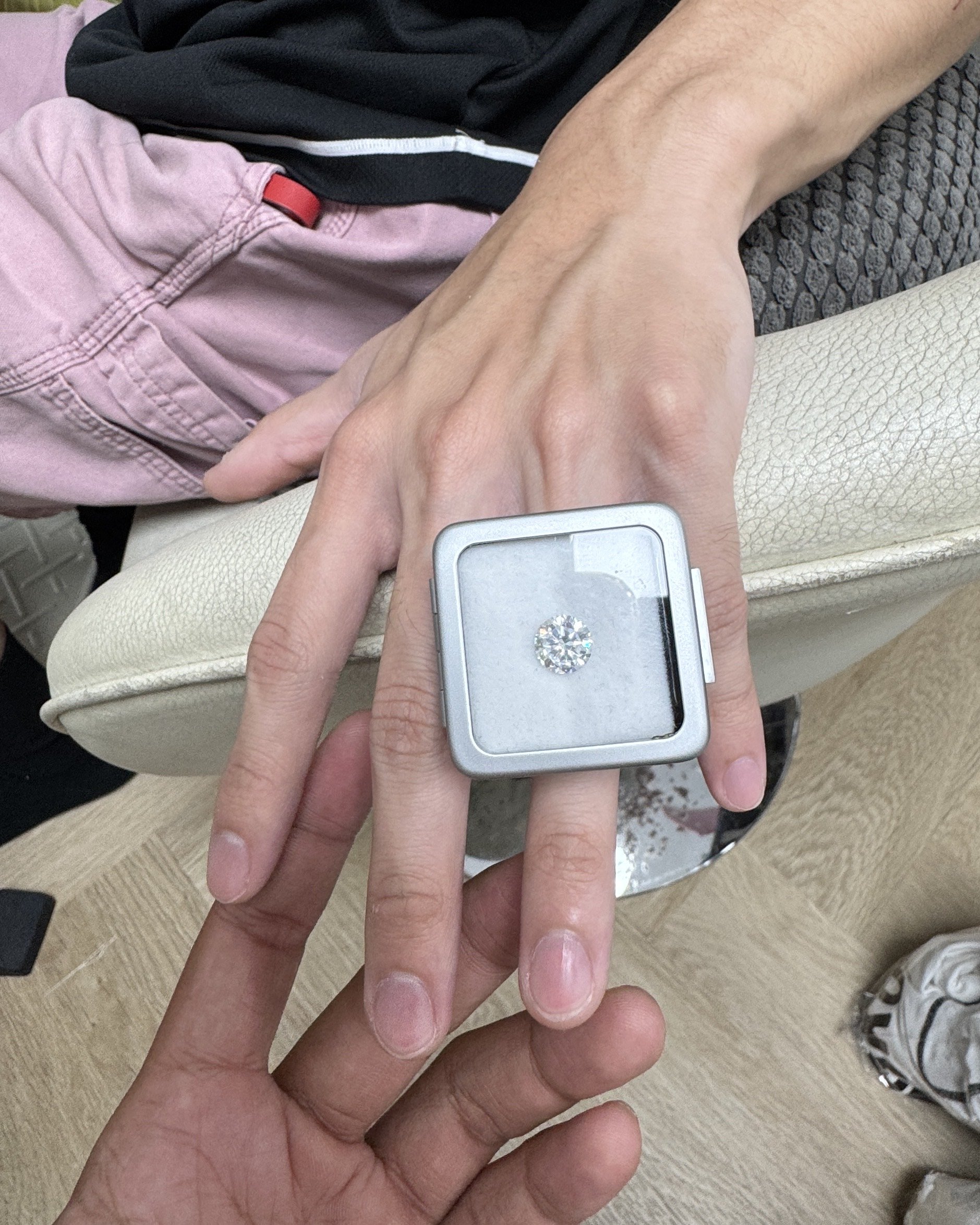Fresh Faces: Supakorn Buareun of Grofe
The Tiety bag and more
F&M’s Fresh Faces is a series featuring young Southeast Asian fashion practitioners, where we speak with them about how they embarked on their careers and what propels them as creatives.
In this month’s Fresh Faces, we shine the spotlight on Supakorn Buareun, or Grofe. They graduated from Srinakharinwirot University with a Bachelor of Fine Arts in Fashion Design. Grofe cites their education to have a significant impact on their fashion practice. It helped them to understand what they truly love in design, and gave them the confidence to embrace and stand by what they create. Their first collection is now available at the IWANNABANGKOK store.
The sleeve tie is a necktie creatively crafted from the sleeve of a suit jacket. Image courtesy of Grofe.
Could you tell us about your background? What or who are the main influences behind your work?
My name is Grofe – Supakorn Buareun, and my journey into fashion began with a fascination for unconventional materials and questioning the ordinary. The brand Grofe is deeply influenced by three key concepts: hybrid, daily use, and mystery. To me, they mean the following: hybrid refers to the merging of elements that seemingly don’t belong together to create something new; daily use refers to designing pieces that are practical yet have unique dimensions and playful details; and mystery is about infusing an element of ambiguity, to make people question the origins and purpose of each piece.
I do not follow a structured process when creating; everything emerges spontaneously from an idea in the moment, driven by instinct rather than rigid planning.
How did Grofe come to be? What was the story behind its inception?
Grofe was not meant to be a planned-out fashion brand. It started as an experimental space where I could deconstruct and redefine everyday objects.
I found joy in repurposing materials, turning second-hand ties into bags, transforming overlooked items into wearable fashion. The brand evolved naturally as I kept questioning and challenging the conventional use of objects.
For me, Grofe is not just a fashion brand; it is an experimental object. It explores the boundary between fashion and art, proving that what seems ordinary might not be ordinary at all.
The stucking lingerie is a single garment made from three connected lingerie pieces. Image courtesy of Grofe.
From the Tiety Bag to the dress for Lalisa Manoban, Nintendo DS earrings, and reconstructed dresses turned into bags, tops, and skirts—what is your creative process like?
Most of my ideas start with a single “what if” moment. What if I turned this into something else? Then, I refine the functionality and styling to bring out its aesthetic potential.
The Tiety bag began when I could not choose just one tie at a thrift shop because they were all so beautiful. I decided to combine them into a single wearable piece.The Nintendo DS Earrings are a nostalgic take on childhood memories, transforming pop culture artifacts into fashion accessories. And the reconstructed slip dresses are about playing with garment functionality, allowing one piece to be worn in multiple ways.
Techniques I frequently use are deconstruction, or the breaking down of original garment structures. I also repurpose to give new life to discarded materials. I manually craft my pieces to ensure that they each have a unique touch. My work thus carries a mix of rawness, experimentation, and playfulness.
The zippy tie bag is a crossbody bag made entirely from neckties. Image courtesy of Grofe.
As an independent designer, what are some challenges you face, and what opportunities are you looking for?
Balancing art and commerce is one of the hardest challenges. Staying true to a brand’s identity while making it commercially viable is a constant negotiation.
At the same time, with social media and digital platforms, independent designers now have a direct channel to reach a global audience. I am especially interested in collaborations with artists, musicians, or brands that challenge conventional fashion perspectives. I also see immense potential in Southeast Asia’s growing fashion scene.
What are your hopes for your local fashion industry and the Southeast Asian fashion scene?
I hope to see more support for independent designers, whether through resources, exhibition spaces, or platforms that amplify emerging brands.
Southeast Asia is filled with incredibly talented designers. So many of them are innovative, skilled, and full of creative potential. However, there are still limited platforms that truly push them into the international spotlight.
The gem locket ring is a locket-style ring designed to hold gems or tiny personal objects. The contents can be adjusted and customised to reflect your mood or message. Image courtesy of Grofe.
What’s next for Grofe?
I believe that clothing is just an object, but the ideas behind it are what give it power. I want Grofe to evolve beyond the traditional definition of a fashion brand, exploring new directions such as integrating technology with fashion, collaborating with artists or brands that challenge fashion norms. Ultimately, Grofe will remain an experimental space, continuing to question the meaning of fashion itself.
Learn more about Grofe here.




